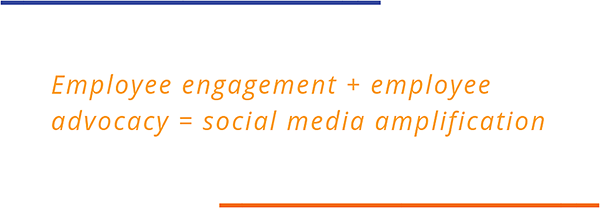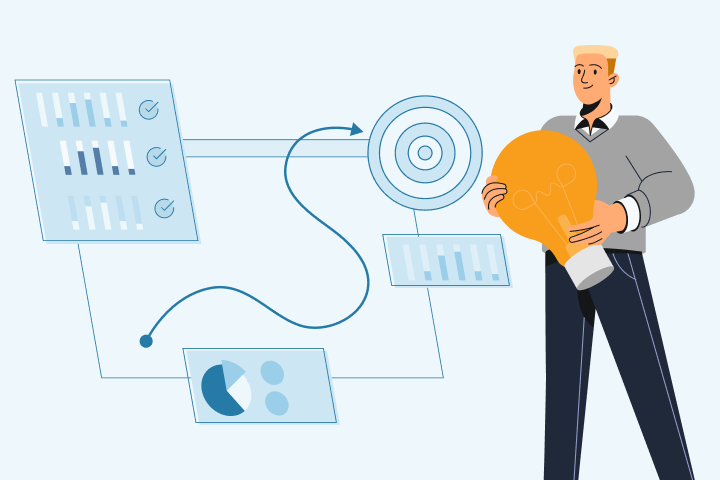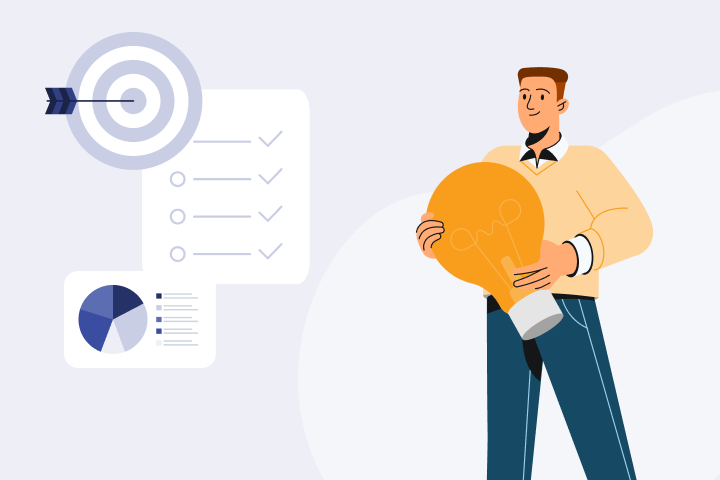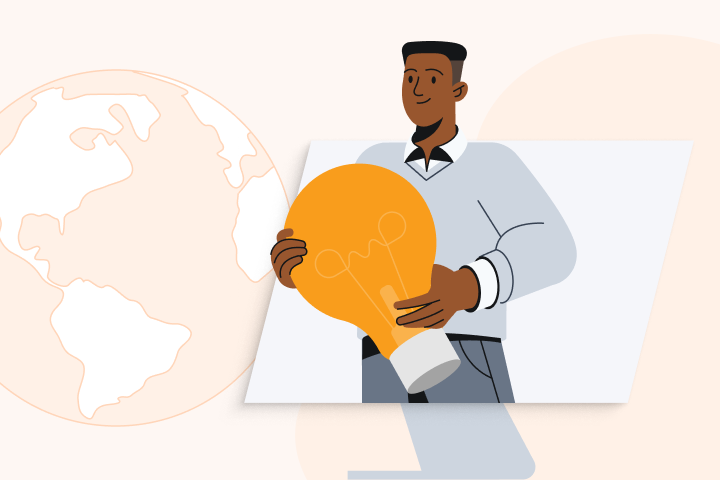Employee Advocacy and Employee Engagement: What’s the Difference?
Employee advocacy and employee engagement are both incredibly beneficial to any organization, but it’s important to know the difference so you can leverage them properly.
Employee engagement is the act of people who work for your organization taking pride in their place of business, their job, and going above and beyond their daily responsibilities.
This is the difference between your top-performing employee and the one who just shows up for work to collect a check and leave. Employees who are fully engaged are absorbed in their work and enthusiastic about what they do. They believe in the greater purpose of their organization and they are passionate about being a part of it.
This is not the same as employee advocacy and understanding what is employee advocacy is equally as important.
Employee advocacy is a method used to promote your brand and initiatives through people who work for your organization in an authentic and trusted way, typically on social media or other digital channels.
An employee advocacy program makes it easy for employees to share your brand’s messages with their personal networks. This is not a new concept. Word-of-mouth has always been a popular marketing tool, but the nature of social media can lead to messages gaining incredibly far reach. At the same time, people tend to be cautious about saying the wrong thing on social media because they don’t want to miss represent their brand.
How Employee Advocacy and Employee Engagement Work Together
Both employee advocacy and employee engagement strategies are great to initiate in your office, but one does not work without the other.
You can have employees who are passionate about what they do and take their work seriously, but they might not promote your initiatives if they don’t know what to promote.
Conversely, if you have an employee advocacy program but your employees are not engaged in what they do or the message of the brand, the program won’t be as successful as you’d like.
However, when you have both in place, you can promote your brand through social media amplification and hit your marketing goals.

How Employee Advocacy Helps Your Organization
No matter the size of your company or the industry you’re in, employee advocacy has huge benefits for your brand.
Employee advocacy allows you to expand the reach of your brand on social media while communicating your message in an authentic and trusted way. This means your message is more likely to resonate with each person it reaches in your target audience.
Messages shared by employees reach more than 5x further than when shared by a brand account, according to the MSL Group.

This is because people trust your message when it’s shared by employees more than they trust it when it comes from your brand account. When your brand shares a message promoting itself, it’s viewed the same as a paid advertisement. But when people share a message, there is no skepticism around it. People don’t view it the way they do an ad.
People follow people they respect and trust. They view them as credible and insightful. That’s why they are more receptive to their posts. Think about these reliable sources of information sharing your message. Employees who are willing to promote your initiatives are more likely to share your content and posts that your marketing team approves of. This is why an employee advocacy program can greatly help you.
So how can you get employees to participate in your employee advocacy program? You need them to buy in, believe in what you’re doing, and be engaged.
How To Fuel Employee Engagement
There are some employees in your organization right now who mention your brand on social media. These are likely the same employees that you would consider ‘highly engaged’ members of your organization.
These are employees who already believe in what you’re doing, are somewhat comfortable on social media, and want to promote your brand. What you want to do first is identify these people, focus your employee advocacy program on them, and then expand the program around them to other employees.
When you pitch your employee advocacy program to the other employees, you’ll use this initial group of employees as an example. They’ll be the advocates of the benefits of employee advocacy, and the program’s model citizens, allowing other employees to see how easy it is to participate in an employee advocacy program.
You’ll also be able to have these employees show off all the engagement they get on social media, how they’ve built up their own personal social media presence, and other employee benefits of employee advocacy. By communicating how easy it is to be involved and what employees personally gain from it, you’ll draw more interest in your employee advocacy program.
Another way to draw interest is by using gamification with employee advocacy. When people outside of your program see what kind of acknowledgment and rewards people in the program receive, they’ll want to take part in the program as well. It’s another personal benefit they’ll get out of the program outside of expanding their social media presence.
When people get involved in employee advocacy, they tend to get a better understanding of their company’s initiatives, its priorities, and how they contribute to its overall mission. When that happens, people feel more connected to their brand and become more engaged to help the company.
You need employee engagement to have a successful employee advocacy program, but employee advocacy can help employees get engaged by getting more active and involved.
Employee engagement is a must-have in your organization. It means people in your company are passionate about your brand, what its mission is, and about their jobs. Combining this passion into an employee advocacy program is a marketing method that can’t be beaten.











